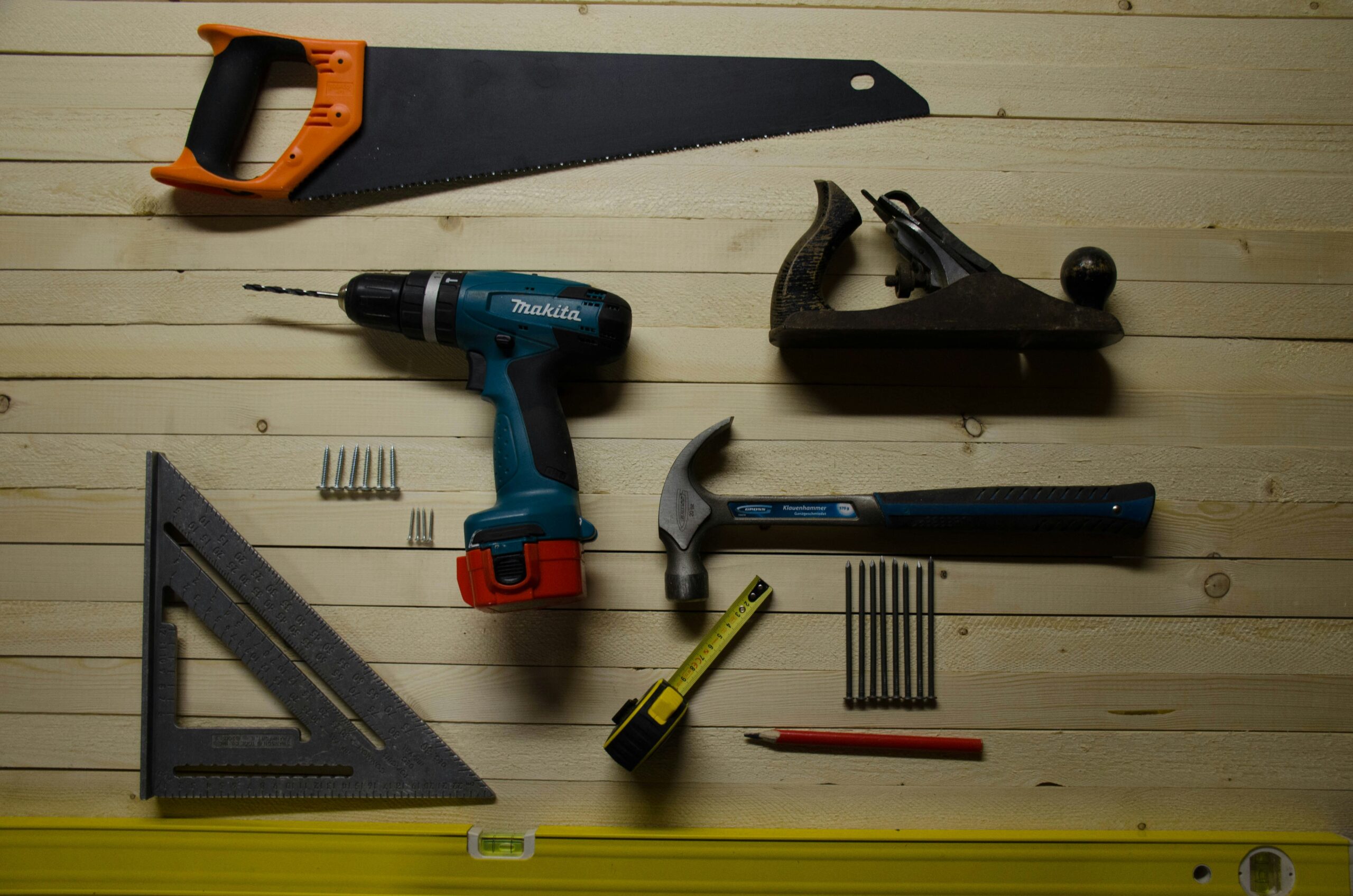Unlocking the Potential of Real Estate: The Power of Fix and Flip Loans
Introduction to Fix and Flip Loans
In the dynamic world of real estate investment, fix and flip loans have emerged as a powerful tool for investors looking to capitalize on the potential of undervalued properties. These specialized loans provide the necessary capital to purchase and renovate properties before selling them for a profit. Unlike traditional mortgages, fix and flip loans are tailored to the unique needs of real estate investors and are designed to be short-term solutions, typically ranging from a few months to a few years.
Understanding the Basics
Fix and flip loans differ from conventional financing options in several ways. Firstly, they often cover not only the purchase price of the property but also the cost of renovations, which is crucial for investors who need to move quickly on a project. The loan is then paid back once the property is sold, often at a significantly higher price due to the improvements made.
One of the main attractions of fix and flip loans is their speed of approval and funding. Traditional bank loans can take weeks or months to process, but fix and flip loans can often be secured within days, allowing investors to jump on opportunities without delay.
Eligibility and Requirements
To be eligible for a fix and flip loan, investors typically need to demonstrate experience in real estate flipping, a solid credit score, and a down payment. Lenders will also consider the after-repair value (ARV) of the property, which estimates its value after renovations are complete. This is critical because it helps lenders assess the potential return on investment and the loan-to-value ratio, ensuring the loan amount does not exceed a reasonable percentage of the ARV.
fix and flip loan s may come from various sources, including banks, hard money lenders, and private investors. Hard money lenders, in particular, are known for their flexibility and willingness to fund projects that traditional banks might shy away from.
The Renovation Process
Once the fix and flip loan is secured, investors can embark on the renovation process. This is where the real work begins, and it’s critical to have a well-thought-out plan to ensure renovations are completed on time and within budget. Successful flippers often have a team of reliable contractors and a network of suppliers to keep the project moving smoothly.
Investors must also be strategic about the improvements they make. It’s important to focus on renovations that will increase the property’s value and appeal to buyers without overcapitalizing. This might include updating kitchens and bathrooms, improving curb appeal, or adding square footage.
Profitability and Risks
The allure of fix and flip loans lies in the potential for substantial profits. By buying low, making smart renovations, and selling high, investors can realize significant gains in a relatively short period. However, this venture is not without risks. Unforeseen structural issues, delays in renovations, or a downturn in the real estate market can all impact profitability.
To mitigate these risks, savvy investors conduct thorough due diligence before purchasing a property, including a comprehensive inspection and market analysis. Staying informed about local market trends and having a contingency budget for unexpected expenses can also help protect profits.
Conclusion
Fix and flip loans are an invaluable resource for real estate investors looking to transform properties and turn a profit. With the right strategy, knowledge, and execution, these loans can unlock the potential of real estate investments that might otherwise be out of reach. Whether you’re an experienced investor or new to the world of fix and flips, understanding the nuances of these loans is the first step towards success in this exciting and challenging arena.
